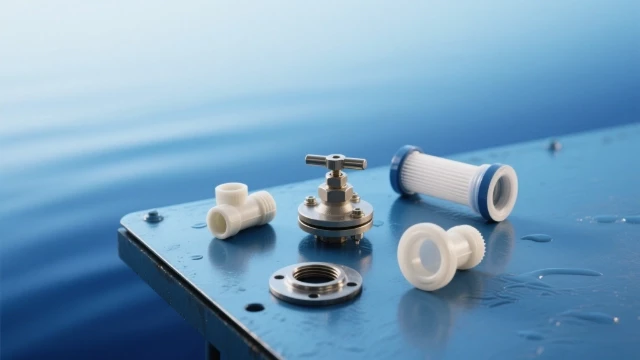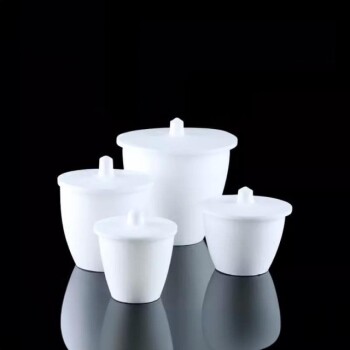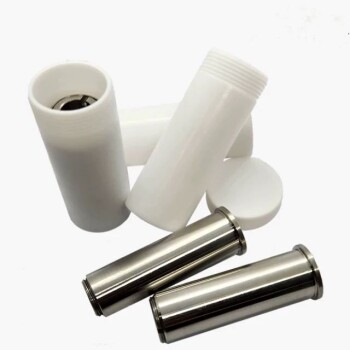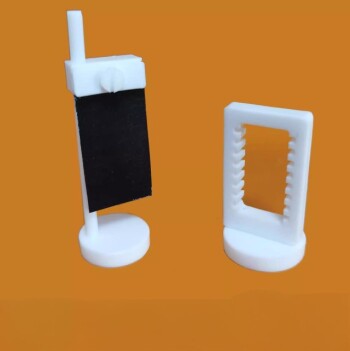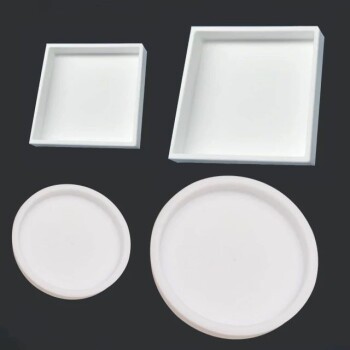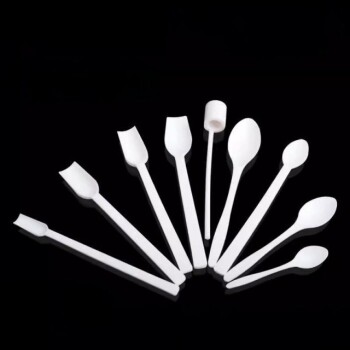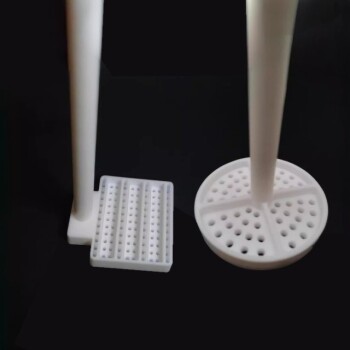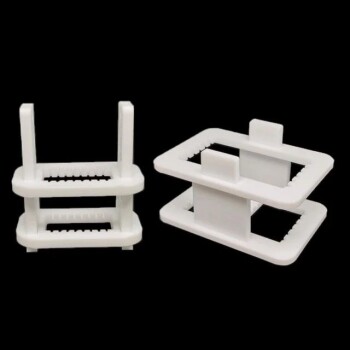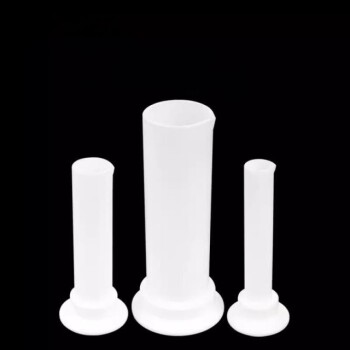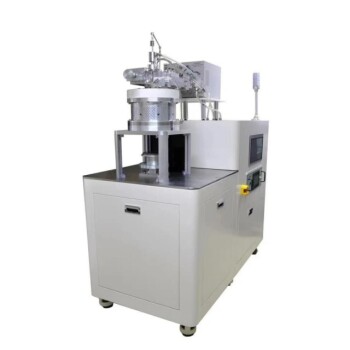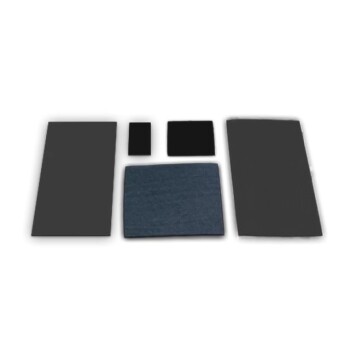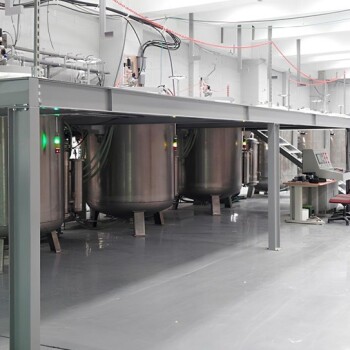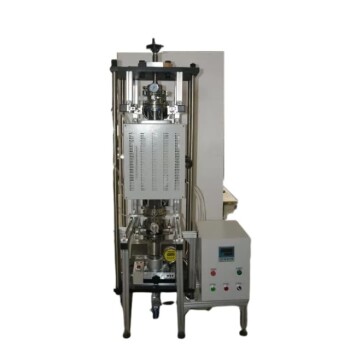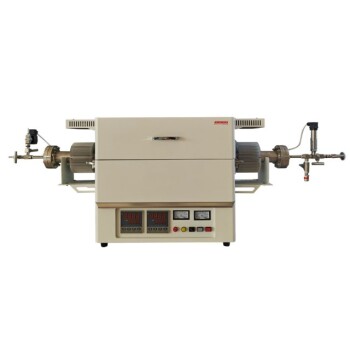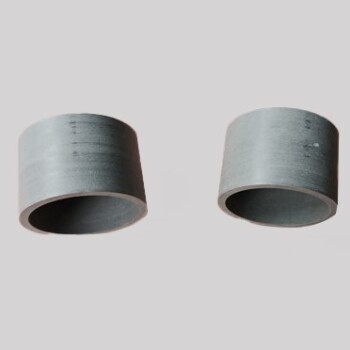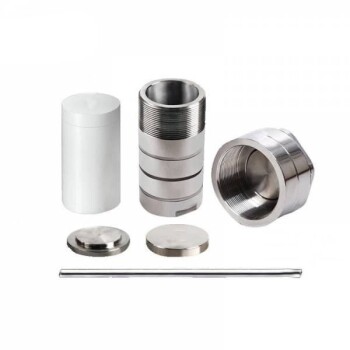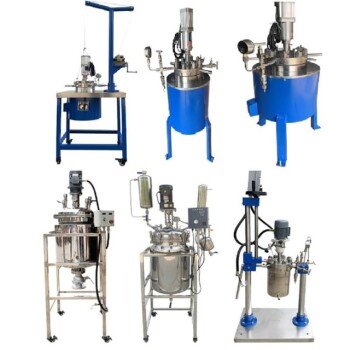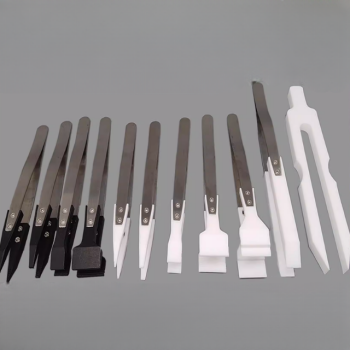Introduction
Polytetrafluoroethylene (PTFE) is known as the "King of Plastics". With its unique high temperature tolerance and chemical inertness, it has become an irreplaceable key material in the industrial field. Whether in extreme temperature environments or highly corrosive media, PTFE has demonstrated excellent stability, providing a solid guarantee for the reliability and safety of modern industry.
I. High temperature tolerance: all-round performance from extreme cold to extreme heat
The molecular structure of PTFE consists of a carbon chain tightly wrapped by fluorine atoms to form a helical structure. This highly symmetrical arrangement gives it extremely low thermal conductivity and excellent thermal stability.
- Wide temperature adaptability range:
-
- PTFE can work stably for a long time in the range of -200℃ to 260℃, and can even withstand high temperature shocks of 300℃ in the short term. Compared with common plastics such as polyethylene (melting point 115℃), PTFE's temperature resistance is significantly improved.
- In ultra-low temperature environments (such as spacecraft components or liquid nitrogen storage equipment), PTFE still maintains ductility and avoids brittle fracture.
- Mechanical properties at high temperatures:
-
- PTFE has a melting point of up to 327℃ and a decomposition temperature of over 400℃. Even at a high temperature of 260℃, its compressive strength and dimensional stability can still meet the needs of precision parts such as seals and bearings. For example, high-temperature pipeline seals in the oil and gas industry are often made of PTFE to ensure long-term leakage-free operation at 260℃.
II. chemical inertness: the ultimate barrier against corrosion
PTFE's carbon-fluorine bond energy is extremely high and is almost indestructible by any chemical medium, making it the preferred material for highly corrosive environments.
- Protective advantages of perfluorinated structures:
-
- PTFE can resist erosion by strong acids (such as concentrated sulfuric acid, aqua regia), strong alkalis, organic solvents and even oxidants. For example, the lining of a chemical reactor is coated with PTFE to prevent corrosion of metal equipment by acidic media.
- In the pharmaceutical and food processing fields, PTFE's non-stick properties are combined with its chemical resistance to ensure equipment cleanliness and avoid contamination.
- Stability in extreme environments:
-
- Even under high temperature and high pressure chemical reaction conditions, PTFE's molecular structure remains intact, avoiding accidents caused by material degradation. For example, etching solution delivery pipelines in semiconductor manufacturing rely on PTFE's corrosion resistance.
III. Industrial Applications: Core Solutions in Multiple Fields
PTFE's comprehensive properties make it a "rigid need" in multiple key areas:
- Petrochemical:Used for valves, seals, and pipe linings, resistant to high temperature oil vapor and corrosive media. For example, PTFE fiber braided packing provides self-lubricating seals in high-pressure pumps, reducing maintenance frequency.
- Electronic and electrical:As an insulating material, PTFE maintains low dielectric loss in high temperature and high humidity environments, and is used in high-frequency cables and 5G equipment.
- Medical and Food:Biocompatibility enables it to be used in artificial blood vessels and surgical sutures; non-stick coatings ensure the safety and efficiency of food processing equipment.
- High-end Manufacturing:In the aerospace field, PTFE is used to protect ultra-low temperature components; in the new energy field, its corrosion resistance helps the durability of key components of fuel cells.
IV. Challenges and Prospects
Although PTFE has limitations such as high processing difficulty (special sintering process required) and limited wear resistance, its performance advantages are still difficult to replace. In the future, through modification (such as glass fiber reinforcement) or composite with metal (such as chemical equipment lining), the application boundaries of PTFE will be further expanded to cover cutting-edge fields such as deep-sea exploration and supersonic aircraft.
Conclusion
PTFE has become a "versatile" among industrial materials with its ability to cross extreme temperatures and nearly "absolute" corrosion resistance. From corrosion protection in chemical plants to ultra-low temperature challenges in spacecraft, PTFE has always been the first choice for engineers to cope with harsh environments. With the advancement of technology, this material will continue to drive industrial innovation and protect production safety and efficiency.
Related Products
- Custom Machined and Molded PTFE Teflon Parts Manufacturer with PTFE Crucible and Lid
- PTFE Electrolytic Cell Electrochemical Cell Corrosion-Resistant Sealed and Non-Sealed
- Custom PTFE Teflon Parts Manufacturer for PTFE Bottle Oil Fume Sampling Tube
- Custom PTFE Teflon Parts Manufacturer for Hydrothermal Synthesis Reactor Polytetrafluoroethylene Carbon Paper and Carbon Cloth Nano-growth
- Custom PTFE Teflon Parts Manufacturer for PTFE Containers
Related Articles
- Innovative Application of PTFE in Mechanical Seals
- Performance and application of polytetrafluoroethylene (PTFE) in high temperature environment
- Comparison of Pyrolytic Graphite and Pyrolytic Boron Nitride Crucibles
- Exploring the Multifunctional Electrolytic Cell Water Bath: Applications and Benefits
- Polytetrafluoroethylene (PTFE): How low friction coefficient promotes industrial progress
